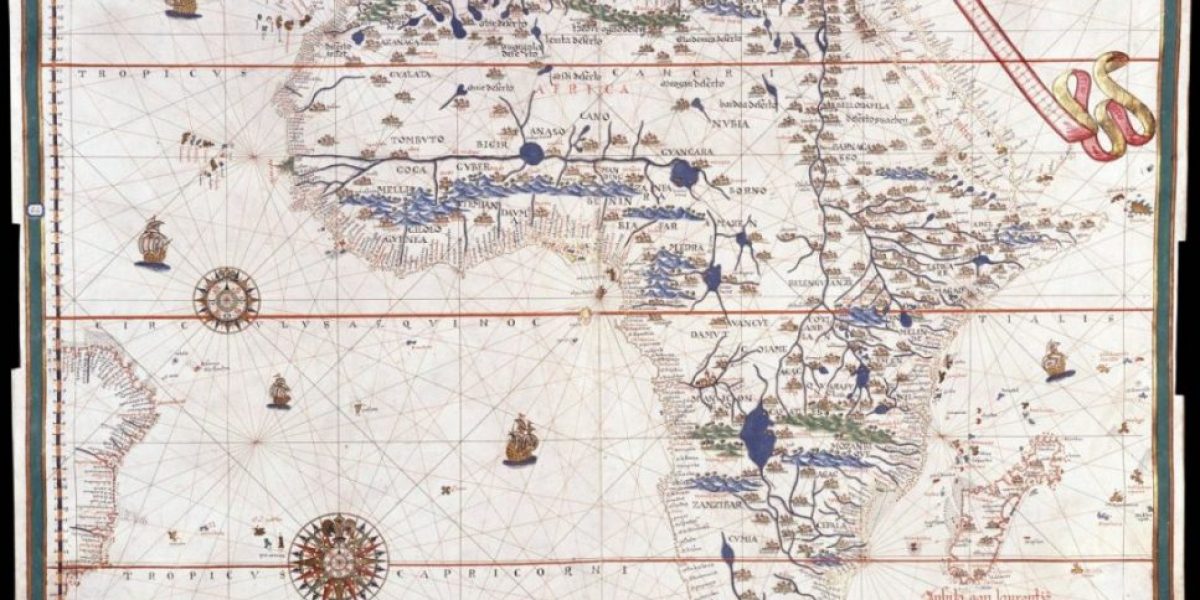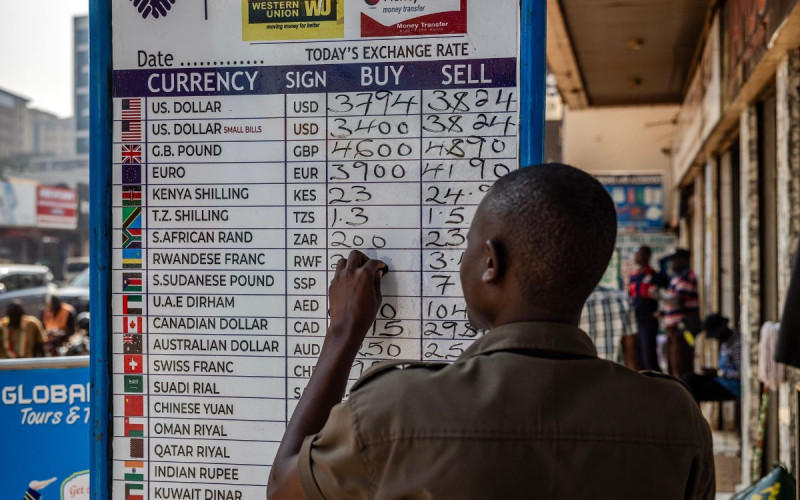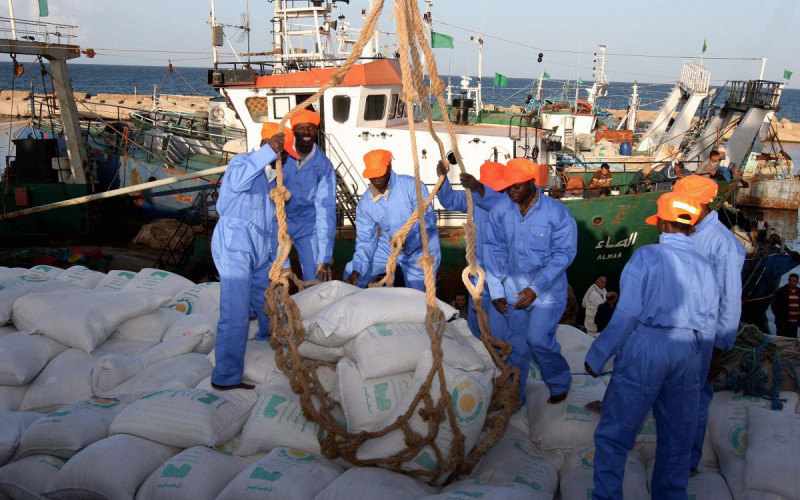Assuming that South Africa’s fairly-established model that requires all PPPs to be overseen by the Treasury is ideal, there are few African countries that are in a position to implement them effectively. Botswana, Egypt, Morocco and Tanzania are in this category.
Both Nepad and the Commission for Africa advocate PPPs as an answer to Africa’s developmental needs. Those behind these initiatives want to get sustainable development off the ground. Much has been achieved but more needs to be done to speed delivery of improved infrastructure.
To do that in Africa we need to consider corruption, North-South exploitation, safe-haven bankers, coordination of aid money, transnational corporations and dubious contractors. Corruption is pervasive at all levels of government in nearly all of Africa. Traffic officers in some parts, for example, have to pay to be employed and secure a uniform, so that they can earn about $16 a month.
In an international environment in which leading multinationals such as Enron are guilty of corruption, where safe-haven banks receive and solicit ‘hot money’ even with global financial controls in place, and the North poaches Africa’s best professionals, what hope is there for introducing better standards of governance through the African Peer Review Mechanism, let alone trying to introduce a complex and bureaucratic PPP model throughout the continent?
Mozal (the Mozambican aluminium smelter) is a PPP success story with many lessons for Africa. The deal created a world-class aluminium smelter using the region’s low-cost electrical power. With its obvious commercial potential as a lure, the deal was able to simultaneously get the private sector to build and improve road, rail and port facilities and develop many local firms as suppliers to the larger venture. The project was well planned; it had firm political backing (South Africa’s then minister of trade and industry, Alec Erwin, took 28 trips to Mozambique in one year to set the stage); the TNCs were committed; the bankers fought for a piece of the action; and the product (aluminium) was in demand worldwide.
Follow the parameters
But Mozal illustrates a neglected secret in infrastructure development: If government attempts to set up a PPP to build and maintain a road alone, it has to monitor the deal very carefully and build in performance penalties. But if it can get companies to build the infrastructure as part of the price of exploiting a viable commercial opportunity, the private sector will have built-in incentives to keep costs down and ensure that contractors do quality work on time. Much of South Africa’s infrastructure was developed this way.
There are similar commercial hot-spots throughout the continent that could be used to lure private capital into infrastructure improvement. Another example is the Chad-Cameroon Oil Pipeline. The World Bank committed to the project on condition that 85% of direct revenue is reserved for infrastructure development.
Many mines in Africa could be developed but lack roads or rail access. Instead of developing the roads first then seeking a miner, governments could grant mining firms a subsidy to build a major road to the nearest port and feeder roads to a number of community projects. Mining firms also need water, schools, food and healthcare for employees. They could also be given incentives to provide co-operative farms, schools, and hospitals that benefit both the commercial venture and surrounding communities. To secure inputs and build the local economy, they could be given incentives to set up an industrial estate to assist local firms in providing mining supplies, similar to what the International Finance Corporation did with Mozal.
Donor funding or concessional lending from the World Bank could make greater impact if it were concentrated on one key Spatial Development Initiative or corridor at a time. Instead of spreading funds out thinly across a whole country, donor aid should work in conjunction with anchor commercial projects to concentrate on developing a particular zone. This will be more effective than planning numerous stale-dated projects as PPPs, some of which have been on the drawing board for decades.
Governments must remember that time is money, and the private sector loses interest when it takes years for ideas to reach fruition. If processes are not managed fairly, transparently and quickly, companies simply cannot afford to invest the time, money and staff needed to prepare expensive bids.
An alternative to the costly PPP bid process would be for government to pre-select contractors before negotiating the project. Instead of a bid process there would be a defined profit percentage to eliminate the huge costs that a bidding process would incur on the other bidders. By contrast, in the PPP model governments want the private sector to carry out their duties but still want to retain the whip.







